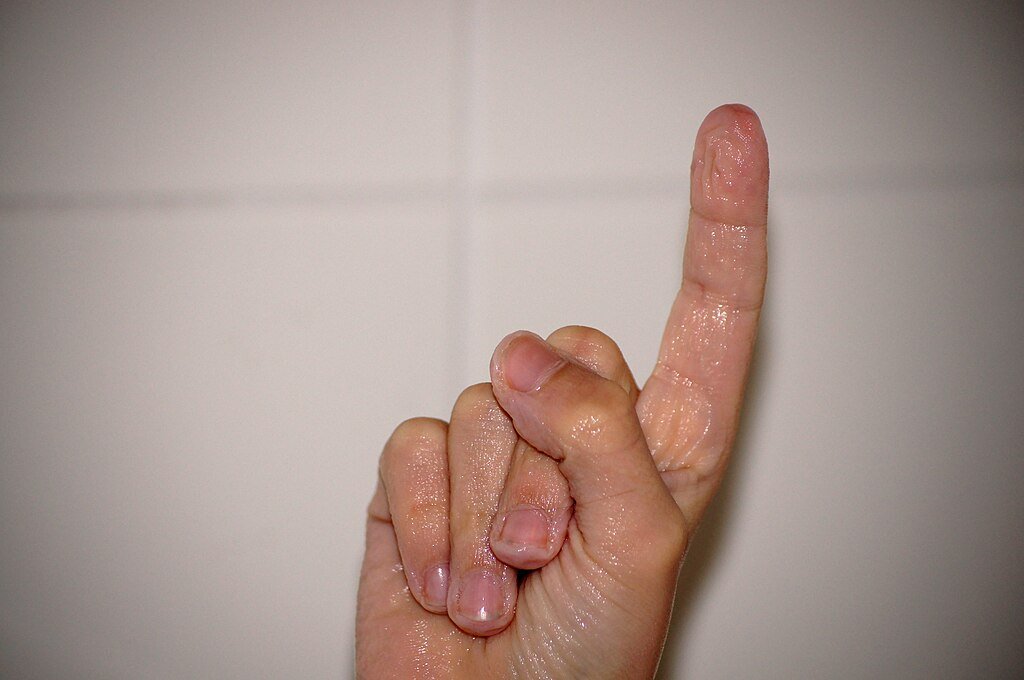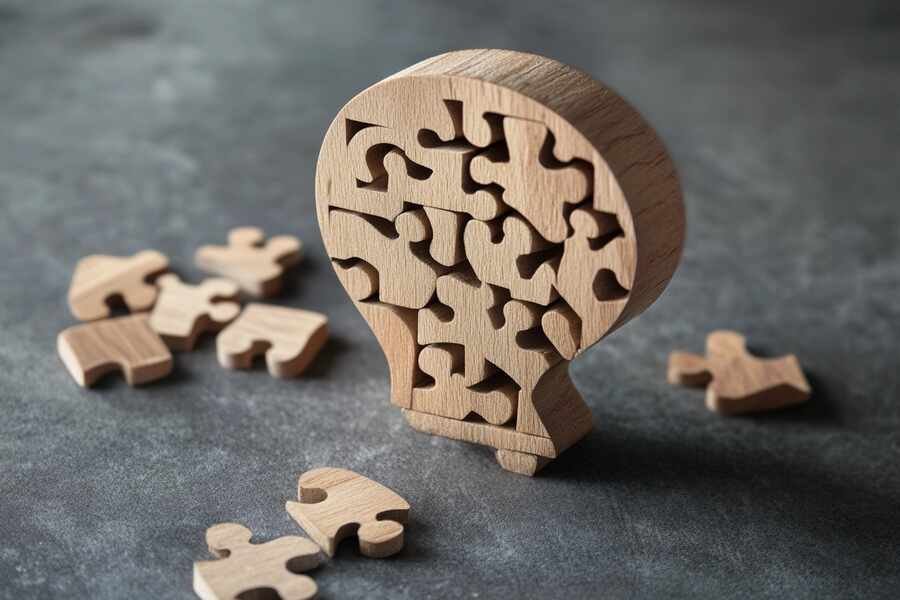Galileo | Italian Physicist and Astronomer
Galileo is a 17th century Italian scientist: physicist, astronomer, engineer, mathematician… Considered the father of modern science, he bases his conclusions on experimentation and not on argument. He is indeed inhabited by constant doubt about the claims and theories of his time. His discoveries contributed greatly to moving the world forward, both scientifically and politico-religious.
Galileo invents an astronomical telescope which enriches his observations and allows him to confirm that the Earth revolves around the Sun.
Short biography of Galileo – The Italian scientist, Galileo Galilei, was born in Pisa on February 15, 1564 and very quickly developed a passion for physics and astronomy. His early research was devoted to the pendulum and mechanics. In 1604, while teaching at the University of Padua, he understood that the notion of mass did not interfere with the fall of an object. Until then, it was thought that heavy objects fell faster than light objects due to their mass. This research on the fall of bodies, but also on inertia, are scientific revolutions that contradict Aristotle’s ideas.
The Discoveries of Galileo
Galileo made many discoveries, especially in physics, mechanics and mathematics. Thanks to his great curiosity and intelligence, he manages to create experiences that allow him to explain how things around him work. We owe him in particular the law of distances as a function of the square of time, the laws of the simple pendulum, the theory of floating bodies…
But it was above all for his work in astronomy that Galileo attracted most attention. In 1609, he looked at a Dutch discovery, a telescope. He then decides to create a more sophisticated model himself. This is used to observe the moon, planets and stars. However, in 1610, it was while observing the alignment of Jupiter with other stars that he made a shocking discovery. After several nights, he concludes that something seems to be revolving around Jupiter. This is an observation that deeply questions the geocentric theories of the time.
Galileo confirms that the Earth revolves around the Sun
In 1609, Galileo had a copy made of a telescope then made in the Netherlands, and transformed it into an astronomical telescope to be able to observe the sky. He made a major discovery in 1610 by observing that stars revolve around Jupiter. His works are therefore opposed to Aristotle’s geocentrism according to which the Earth is the central axis around which all the stars revolve. He then turns to the heliocentric system of Copernicus, according to which the planets, including the Earth, revolve around the Sun. Galileo published his discoveries in March 1610 in “The Heavenly Messenger” which is a triumph. He accepts the post of First Mathematician of the University of Pisa and leaves for Florence.
Heliocentrism
It is a physical theory that opposes geocentrism by placing the Sun at the center of the universe. According to more modern variants, the Sun is no longer the center of the Universe, but a relative point around which our own solar system is organized.
Galileo’s Reputation
Venice, Florence, Rome… wherever he went, Galileo made a name for himself. He wins admirers, but also detractors. For example, in 1611, he opposed Ludovico Delle Combe on a question: why does ice float? Delle Combe, like all Aristotelians of the day, says it was because of its form. Galileo, through experience, demonstrates to diners that it is thanks to its density. “The authority of one capable man, who gives good reasons and clear evidence, is better than the unanimous consent of those who do not understand it,” he said. The prevalence of experience over argument is accepted. Thanks to the “battle of the floating bodies”, Galileo’s reputation exploded. Unfortunately, some will do everything to bring about his downfall, despite the support he has.
The Trial of Galileo
In 1620, Pope Urban VIII attempted to help Galileo by offering to write a neutral work on the theories of Ptolemy and those of Copernicus, concerning heliocentrism. But Galileo makes “dialogue on the two great systems of the world” a plea in favor of Copernicus. The support of the scientist can then do nothing for him and he is tried for heresy by the Inquisition Tribunal. Found guilty, he was placed under house arrest until his death in 1642. In 1728, almost a century after the death of the Italian scientist, James Bradley proved the rotation of the earth around the sun. From this date, Galileo, or at least his memory, experienced a slow return to grace in the Church. In school books, he remains as one of the great figures of science and history.
Judgment and death of Galileo
Galileo made other observations which confirmed the Copernican ideas of heliocentrism, but many scholars opposed them and the Copernican system was declared a heretic in 1616. Galileo was now prohibited from teaching these ideas. However, he continued his astronomical observations. In 1632, he published the “Dialogue on the two great systems of the world”, in which he tried to demonstrate the superiority of Copernicus’ ideas. The work caused a lot of commotion and led him to a trial. Galileo was tried before the tribunal of the Inquisition in 1633. He had to deny his ideas and would take advantage of this moment to symbolically declare: “And yet, she turns!”. He escapes prison for house arrest. Galileo died on January 8, 1642 in Arcetri (Florence) at the age of 77, blind and surrounded by his most faithful disciples.
Did you know?
Galileo is mentioned several times in the “opera” section of the Queen song, “Bohemian Rhapsody”. He features prominently in the song “Galileo” performed by the Indigo Girls and Amy Grant’s “Galileo” on her Heart in Motion album.
Photo credit: Pixabay



